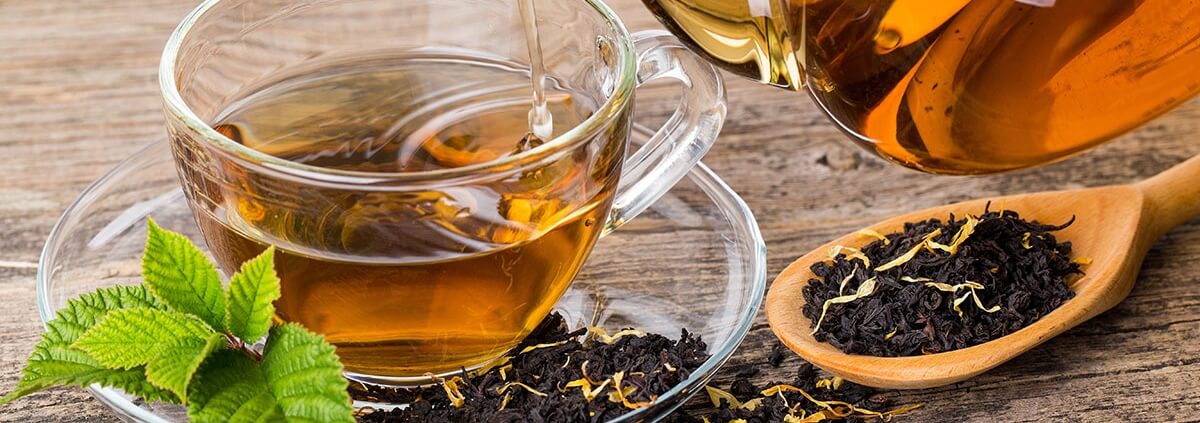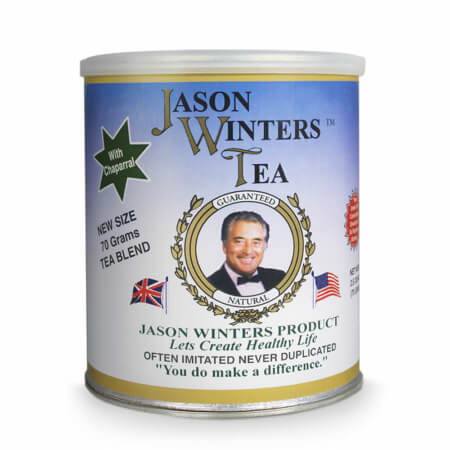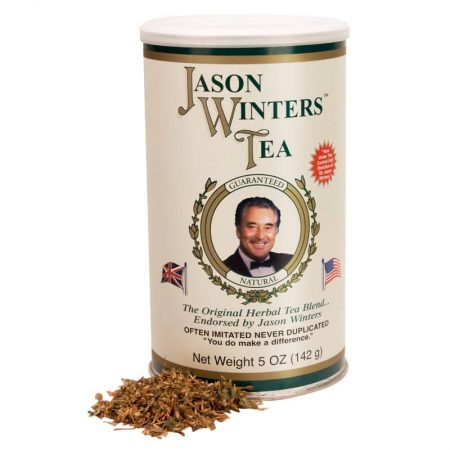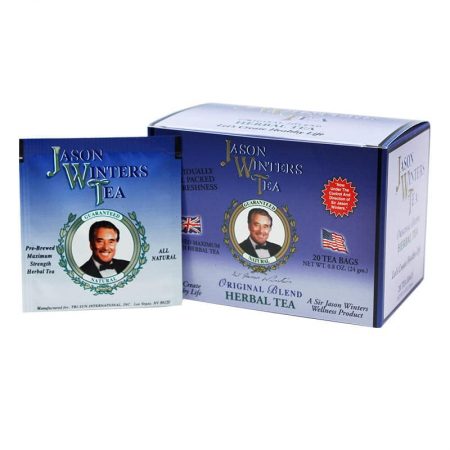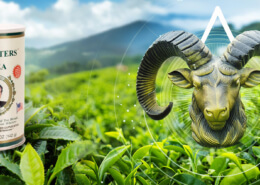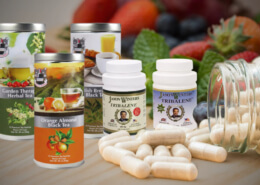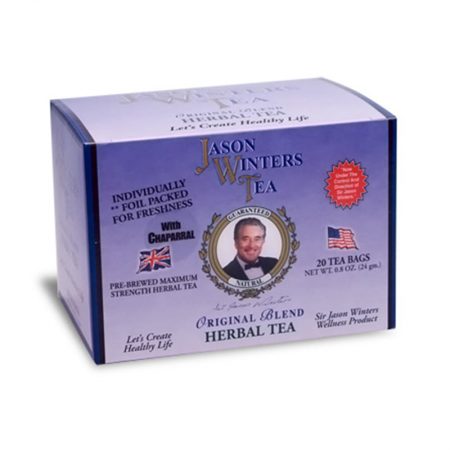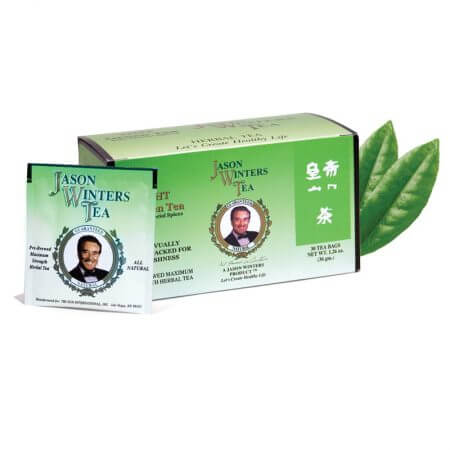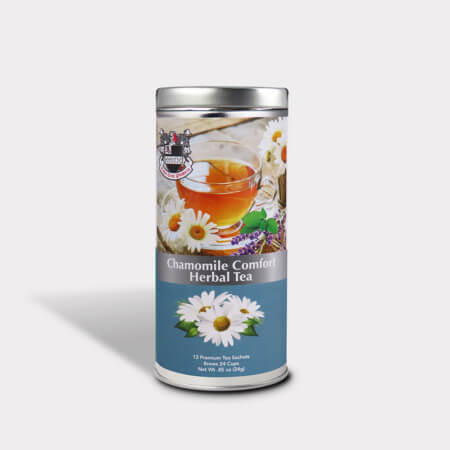Tannins and Tea
Here at Sir Jason Winters International, we make no secret about the potential healthful benefits of tea. Tea is filled with antioxidants such as flavonoids which can help to promote overall good health. One of the beneficial components of tea, which comes from the plant Camellia sinensis, is tannin.
Tannins are compounds that are commonly found within green plants and can be found in a number of foods including wine and tea. Tannins are polyphenols that create the dry, astringent feeling that makes you want to pucker your lips after eating or drinking.
Darker teas tend to contain higher levels of tannins than green or white tea. The oxidation within black tea causes these higher levels of tannins. Heavy teas like lapsang souchong have high levels of tannins, where green teas have fewer.
Tannins cover a wide variety of compounds and are found in a number of foods, including most nuts, strawberries, and coffee. In nature, these compounds make plants taste bad to predators so they’ll survive longer.
Some people are skeptical about the benefits of tannins. After all, we get the name because these compounds were first used to tan leather. However, those tannins are highly concentrated, far more than you’d ever get in a tea or most foods. Few people soak acorns to get rid of the tannins before making acorn flour these days. And most foods high in tannins are too astringent to eat straight without processing. Thus, it’s hard to overdose on them.
The Good Found Within Tannins
Tannins can help to activate thrombocytes which can act to stop the flow of bleeding in minor injuries and can also help relieve pain and reduce bruising. In studies conducted since the 1920s, tannins, specifically those found in tea, have been found to inhibit the growth of harmful bacteria and reduce toxins to promote healing of burn patients.
Tannins also regulate the slow release of caffeine so that a cup of tea will make you feel more alert for a longer period of time without making you feel jittery.
Tea has shown itself to potentially help reduce the risks of osteoporosis, cardiovascular disease, various cancers, cataracts, impairment of cognitive function, Parkinson’s disease and according to some researchers, shows some promise in potentially lessening the risk of Alzheimer’s and other liver diseases.
Tea also contains beneficial vitamins and minerals such as B1, B6, potassium and other bioflavonoids. These have anti-inflammatory, cholesterol-lowering, antiviral and antibacterial properties. Some studies have shown that drinking herbal tea seems to indicate the potential to promote healthy weight loss in addition to providing other detoxifying or antioxidant effects throughout the body.
Here are some additional facts about tannins in tea:
- Tea does not contain tannic acid, contrary to popular belief. This is misconception is due in large part by confusing tannins which are found in tea to those found in other plants such as oak trees. Tannins are a broad class of naturally occurring compounds, and tea has other types of tannins that are not the same as tannic acid. Tannic acid is used to tan leather, so it’s far stronger than the tannins you’d find in tea.
- It might be tempting to consider teas that contain a high concentration of tannins are of lesser quality or taste too bitter or astringent. This is not necessarily true. Some people like the stronger flavor, just like some people like black coffee over coffee with sugar or cream.
- That said, if you want to avoid that astringent flavor, it’s important not to oversteep tea. The longer the steep time, the more tannins get released. Also, older teas tend to release tannins more easily. This is why bagged tea often tastes more stringent than loose teas. You can also choose a tea that has less oxidation, like green tea, to lower the tannin amount.
Tannins lend strength and aroma to some varieties of tea. These teas taste wonderful because of how they feel when they make contact with the tongue and the olfactory sensors within nasal passage. While sipping tea, saliva is created to mingle with and moderate the perception of taste. The perception of taste, astringency, temperature, and aroma all play a necessary role in our enjoyment of tea and is directly linked to tannins contained within the tea.
The amount of tannins found in tea depends upon the variety of tea leaves and when they are picked, processed, cured and brewed. Tannins affect the taste and astringency in tea. These effects are valued by tea connoisseurs and in just the right amount, will enhance the taste and enjoyment of a cup of tea.
The tannins you’re actually tasting are part of the health benefits of a good cup of tea. But if your tea is tasting too strong, try steeping it a little less.
Resourceshttps://www.sirjasonwinters.com/
“The Tea Box” by Giles Brochard, 2001, Barron’s Educational Series, Happauge, NY
“Tea Polyphenols in Parkinson’s Disease” by Mario Caruana and Neville Vassallo. Springer International Publishing, Switzerland, 2015. Web. 18 Nov. 2018.
“The Use of Tannins in the Local Treatment of Burn Wounds – a Pilot Study.” By L. Chokotho and Evan Hasslett. Docksci.com. DOCKSCI.COM, June 2005. Web. 18 Nov.
“The Everything Healthy Tea Book: Discover the Healing Benefits of Tea” by Babette Donaldson, 2014, Everything Publishing, New York, NY
“The Tea Book” by Linda Gaylord, 2015, DK Books, London
“The Story of Tea: A Cultural History and Drinking Guide” by Mary Lou Heiss and Robert J. Heiss. . 2007, Ten Speed Press, Berkley, CA

